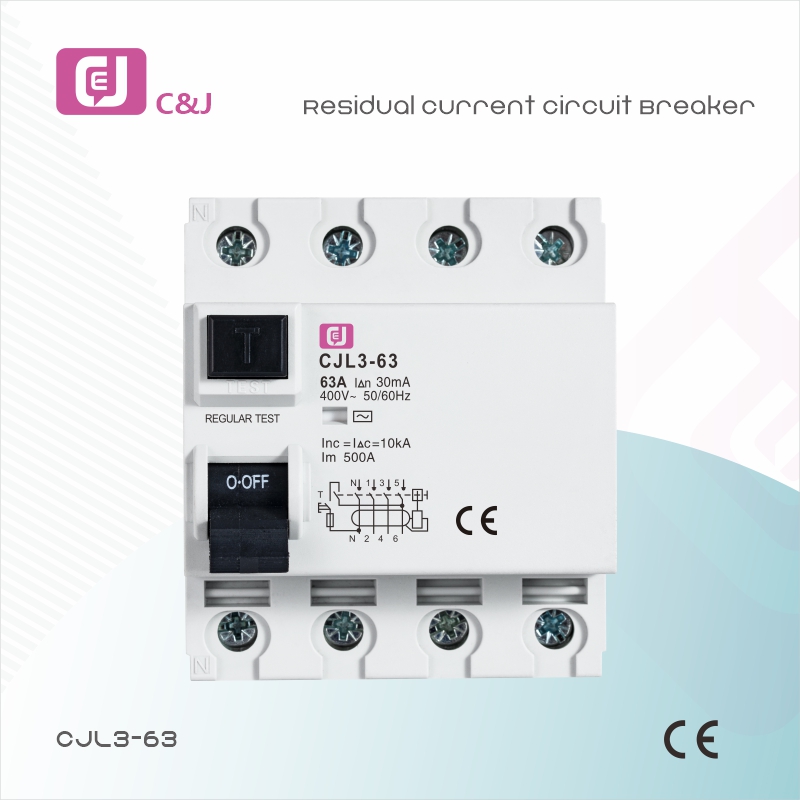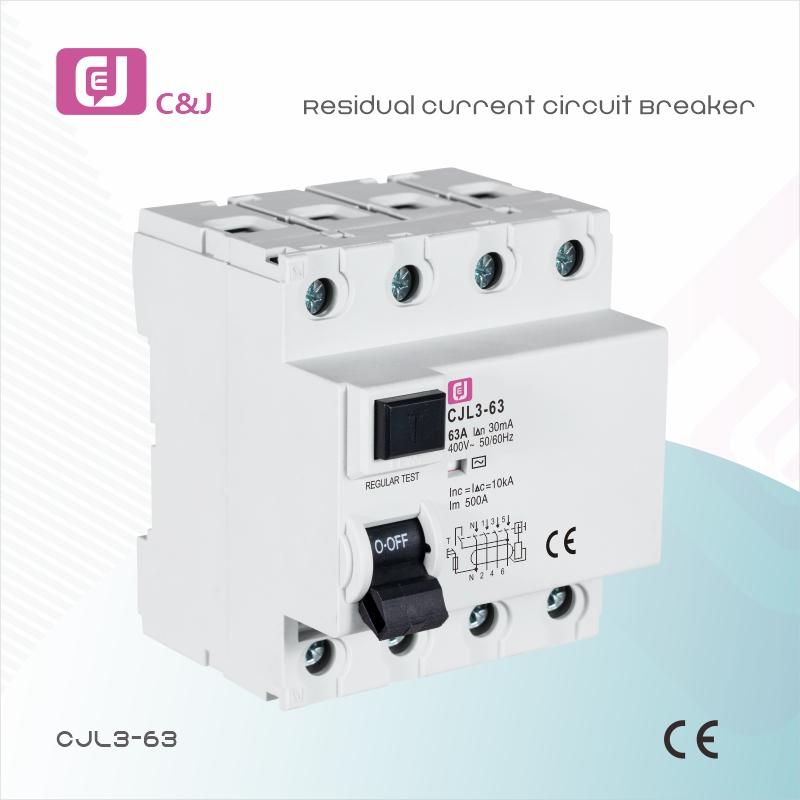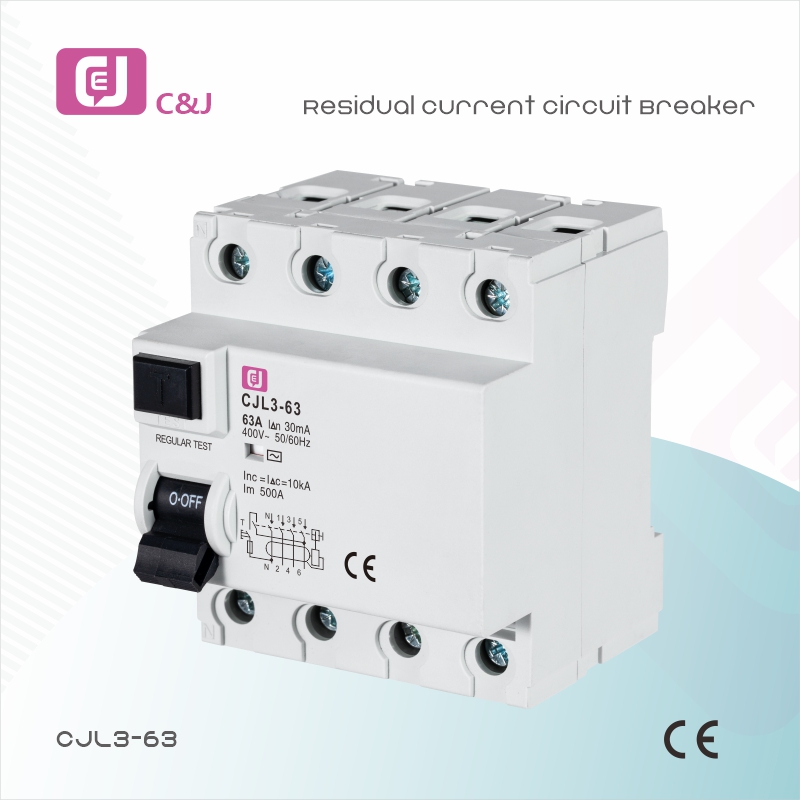Understanding RCCB: Residual Current Circuit Breaker
In the world of electrical safety, residual current circuit breakers (RCCBs) play a key role in protecting people and property from electrical hazards. These devices are designed to prevent electric shock and reduce the risk of electrical fires by detecting current imbalances. In this article, we’ll delve deeper into the function, importance, and applications of RCCBs.
What is RCCB?
An RCCB (Residual Current Circuit Breaker) is an electrical device that interrupts an electrical circuit when it detects a current imbalance between the live and neutral wires. This imbalance can be caused by leakage current, such as when a person touches a live wire, or by a fault in the electrical system. The RCCB continuously monitors the current flowing through the circuit and can react within milliseconds to prevent potential danger.
How does RCCB work?
An RCCB operates on the principle of differential current. It consists of an iron core and two coils: one for the live wire and one for the neutral wire. Under normal circumstances, the currents flowing through both wires are equal, and the magnetic fields generated by the coils cancel each other out. However, if a fault occurs, such as a leakage current, this balance is disrupted, resulting in a difference in the magnetic fields. The RCCB detects this imbalance and triggers a mechanism that disconnects the circuit, thereby preventing electric shock or fire.
The Importance of RCCB
The importance of RCCBs cannot be overstated. They are essential for ensuring electrical safety in residential, commercial, and industrial settings. Here are some key reasons why RCCBs are crucial:
1. Protection against electric shock: RCCBs are designed to protect people from potentially fatal electric shock. By quickly opening the circuit when a fault is detected, RCCBs significantly reduce the risk of personal injury or death.
2. Fire Prevention: Electrical faults can cause overheating and fire. RCCBs prevent such incidents by cutting off the power supply when a leakage current is detected, minimizing the risk of fire.
3. Compliance with safety standards: Many countries require the installation of residual current circuit breakers (RCCBs) in new and renovated buildings. Compliance with these standards is essential to ensure the safety of electrical installations.
4. Peace of Mind: Installing a residual current circuit breaker (RCCB) provides homeowners and business owners with peace of mind. This allows them to feel confident that they are taking proactive steps to protect their property and loved ones from electrical hazards.
Application of RCCB
RCCBs have a variety of uses, including:
- Residential Buildings: In homes, RCCBs are usually installed in the main distribution board to protect the circuits that supply power to sockets, lighting, and appliances.
- Commercial Establishments: Businesses often use RCCBs to protect their electrical systems, especially in areas where water is present, such as kitchens and bathrooms.
- Industrial Environment: In factories and industrial plants, RCCBs are essential to protect machinery and equipment as well as ensure the safety of workers.
In summary
Residual current circuit breakers (RCCBs) are essential components of modern electrical systems. Their ability to detect current imbalances and quickly interrupt the circuit makes them crucial safety devices. Understanding the function and importance of RCCBs can help individuals and organizations take the necessary steps to enhance electrical safety and prevent potential hazards. Investing in RCCBs is more than just a regulatory requirement; it’s a commitment to the safety and well-being of our increasingly electrified world.
Post time: Aug-21-2025




